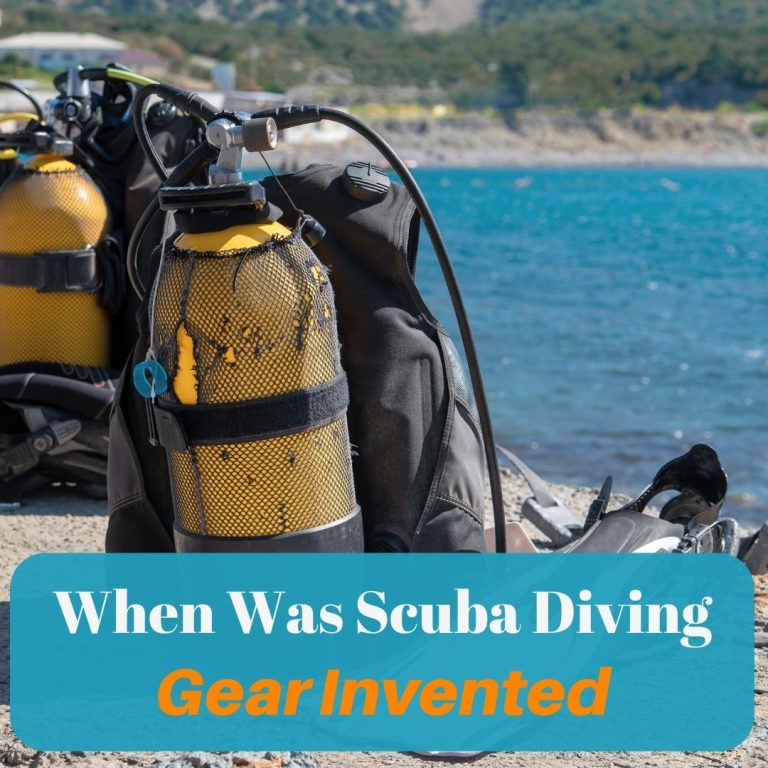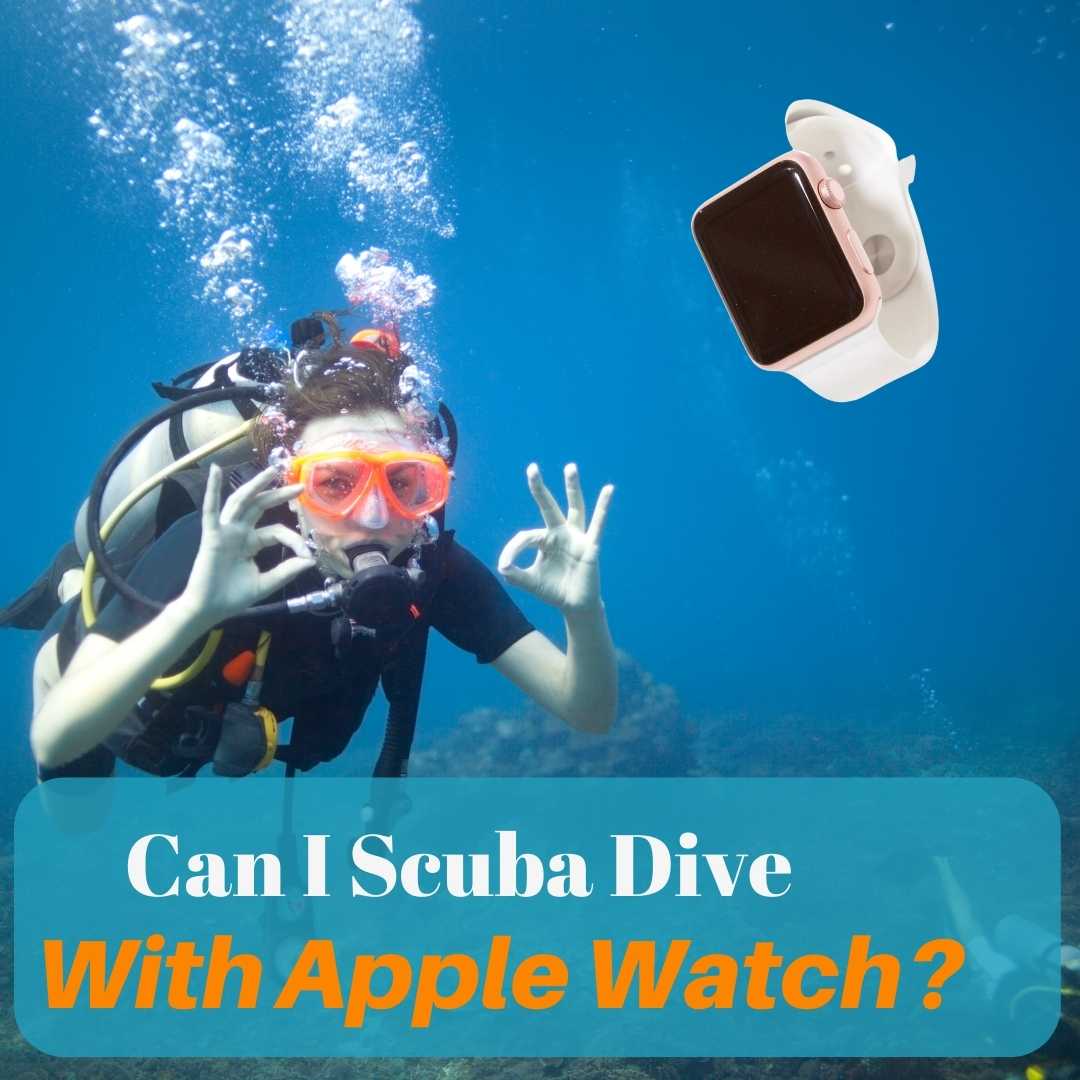The invention of scuba diving gear revolutionized the way humans explore the underwater world. The development of this technology traces back to decades of innovating and refining breathing apparatus for diving. It was during the German occupation of France in 1942 when Jacques-Yves Cousteau and Émile Gagnan made a significant breakthrough by inventing the Aqua-Lung, their version of the open-circuit scuba system. Their design effectively allowed divers to swim freely underwater with a more reliable source of air.

Prior to this, there had been various attempts and iterations to create a self-contained underwater breathing apparatus. Notably, in 1876, Henry Fleuss invented a closed-circuit, oxygen rebreather intended for use in ship repair but also applied to diving. Tragically, his use of pure oxygen proved toxic under pressure, which later demanded changes in breathing gas composition. Progressively, these and other technological advancements laid the groundwork for modern scuba diving gear, setting the stage for safer and more accessible underwater exploration.
Key Takeaways
- Scuba gear history dates back centuries, culminating in the 20th century with vital developments.
- Pioneering inventors like Cousteau and Gagnan introduced key technologies like the Aqua-Lung.
- Advancements in breathing apparatus have continually improved safety and functionality in scuba diving.
Table of Contents
History of Scuba Diving Gear
The invention of scuba diving gear represents a significant evolution in underwater exploration, with crucial milestones achieved over centuries. This history spotlights early attempts at underwater breathing and the development of the modern scuba system, changing the relationship between humans and the underwater world.
Early Developments
The progression towards modern scuba diving gear began centuries ago. In 1535, Guglielmo de Lorena and Francesco de Marchi utilized a one-man diving bell to explore a sunken Roman vessel in Lake Nemi. By 1602, Jerónimo de Ayanz y Beaumont had created an air-renovated diving suit for use in the Pisuerga river. Several innovative designs followed, with another notable contribution in 1772 by Sieur Freminet, who developed a rebreathing device that unsuccessfully attempted to recycle exhaled air. Otto von Guericke, in 1650, invented the first air pump which was a foundational development for future diving equipment.
Invention of Modern Scuba System
The concept of an easy-to-use, self-contained underwater breathing apparatus, known as scuba, was not realized until much later. In 1925, Yves Le Prieur in France developed the first open-circuit scuba system. This system, while a breakthrough, was a manually adjusted free-flow system that had limited practical use due to its low endurance. The leap into the modern era of scuba gear is often attributed to Jacques-Yves Cousteau and Émile Gagnan who, in 1943, introduced the first commercially successful demand regulator system, which automatically provided breathable air to divers and revolutionized underwater diving.
Key Innovations and Inventors

The history of scuba diving gear features a series of remarkable developments and inventive individuals who played pivotal roles in advancing the technology for underwater exploration.
Improvements in the 20th Century
- 1915: Drägerwerk of Germany developed and marketed the first workable closed-circuit oxygen rebreather intended for commercial use.
- 1925: Yves Le Prieur, a French naval officer, invented a self-contained underwater breathing apparatus using compressed air.
These early systems set the groundwork for later advancements which would revolutionize scuba diving.
You May Also Like: Is Scuba Diving an Extreme Sport?
Emile Gagnan and Jacques Cousteau
1943 marks a seminal year in scuba history when Émile Gagnan and Jacques-Yves Cousteau developed the Aqua-Lung, the first successful and commercially viable open-circuit scuba system. This technology enabled divers to stay underwater longer and with greater freedom than ever before.
| Inventor(s) | Innovation | Year |
|---|---|---|
| Emile Gagnan and Jacques Cousteau | The Aqua-Lung Open-Circuit System | 1943 |
Their invention was crucial in the transformation of diving from a professional or military activity to a popular recreational sport.
Technological Advancements

The inception of SCUBA gear pivoted on critical inventions like regulators and tanks, which transformed underwater diving. Advances in dive computers and materials further revolutionized the sport, enhancing safety and accessibility.
Regulators and Tanks
The SCUBA regulator, an essential component for controlled breathing underwater, has seen significant evolution since its invention. A pioneering version created by Rouquayrol and Denayrouze in 1864 was later refined in the 20th century by Yves le Prieur. Modern regulators are sophisticated devices offering reliable performance under pressure.
- Continuous Flow: Early systems provided a continuous flow of air.
- Demand Valve: Modern regulators supply air only when the diver inhales.
SCUBA tanks, originally heavy and cumbersome, are now typically made of lightweight, durable materials like aluminum or steel, providing longer dive times and improved buoyancy control.
- Material: Progressed from heavy metals to aluminum and steel.
- Capacity: Increases in tank size have afforded divers extended underwater endurance.
Dive Computers and Materials
Advancements in computer technology have led to the development of the dive computer which tracks dive time, depth, and decompression status, significantly improving diver safety.
- Dive Profiles: Dive computers calculate and display real-time dive information.
- Safety Stops: They automatically provide safety stop information during ascents.
The materials used in dive gear, from wetsuits to fins, have also improved, with manufacturers adopting neoprene, silicone, and other composites for better performance and comfort.
- Wetsuits: Now utilize neoprene for flexibility and thermal insulation.
- Fins: Modern designs feature composite materials for optimal propulsion and comfort.
Frequently Asked Questions

This section explores common inquiries relating to the inception and progression of scuba diving gear, detailing its history, functionality, and key figures in its development.
Who is credited with the invention of the first self-contained diving gear?
The first self-contained diving gear is attributed to Sieur Freminet, who, in 1772, created a rebreathing device that recycled exhaled air. This early invention was rudimentary and ultimately cost Freminet his life due to lack of oxygen.
What is the history and timeline of scuba diving’s development?
Scuba diving’s history dates back to ancient Greece and Rome, where divers used techniques like holding their breath or employing simple breathing apparatuses. It was not until 1925 that Yves Le Prieur in France developed the first open-circuit scuba system, which was a manually adjusted free-flow system.
How has scuba diving equipment evolved since its inception?
Since its early development, scuba diving equipment has undergone significant advancements. Initial attempts provided limited air supply and were unsafe. Over time, gear such as the demand regulator system invented in 1864 by Auguste Denayrouze and Benoît Rouquayrol greatly improved diving endurance and safety.
During which period did scuba diving become widely popular?
Scuba diving gained popularity post-World War II, becoming more accessible to the public and evolving into both a recreational and scientific activity.
How does scuba equipment function for underwater breathing?
Modern scuba equipment allows divers to breathe underwater by providing a portable air supply via a tank. The demand regulator attached to this tank ensures that the diver receives air at the correct pressure as he or she inhales.
What contributions did Jacques Cousteau make to the advancement of scuba diving?
Jacques Cousteau played a pivotal role in the advancement of scuba diving by co-inventing the Aqua-Lung in 1943. The Aqua-Lung was the first successful open-circuit, self-contained underwater breathing apparatus (SCUBA), which revolutionized underwater exploration.




